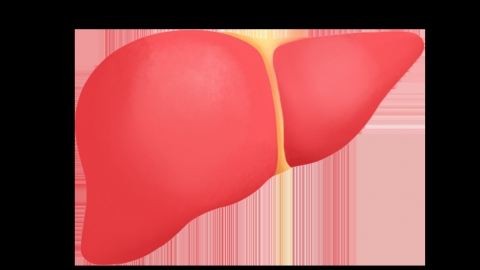Is a quantitative hepatitis B surface antigen level of 14,000 IU/mL normal?
Generally speaking, a quantitative hepatitis B surface antigen (HBsAg) level of 14,000 IU/mL is considered abnormally high, indicating hepatitis B virus infection and suggesting that the virus may be relatively active. If concerned, it is recommended to seek medical advice in advance. Detailed analysis is as follows:

The normal reference value for quantitative HBsAg is generally below 0.05 IU/mL (reference ranges may vary slightly depending on the testing method). A level of 14,000 IU/mL is significantly higher than the upper limit of normal, indicating the presence of hepatitis B virus replication templates in the body. This may suggest a chronic hepatitis B virus carrier state or the active phase of chronic hepatitis B. Further evaluation is needed to determine the stage of the disease.
This value reflects the amount of virus present in the body but does not directly indicate the degree of liver damage. If accompanied by abnormal liver function and a positive hepatitis B virus DNA test, it may indicate liver inflammation, and timely intervention is required. If liver function is normal, the individual may be a virus carrier; however, regular monitoring is still necessary to prevent disease progression.
A quantitative HBsAg result alone cannot fully determine the disease status. A comprehensive assessment should include tests such as the hepatitis B five-panel, liver function, viral DNA, and liver ultrasound.




